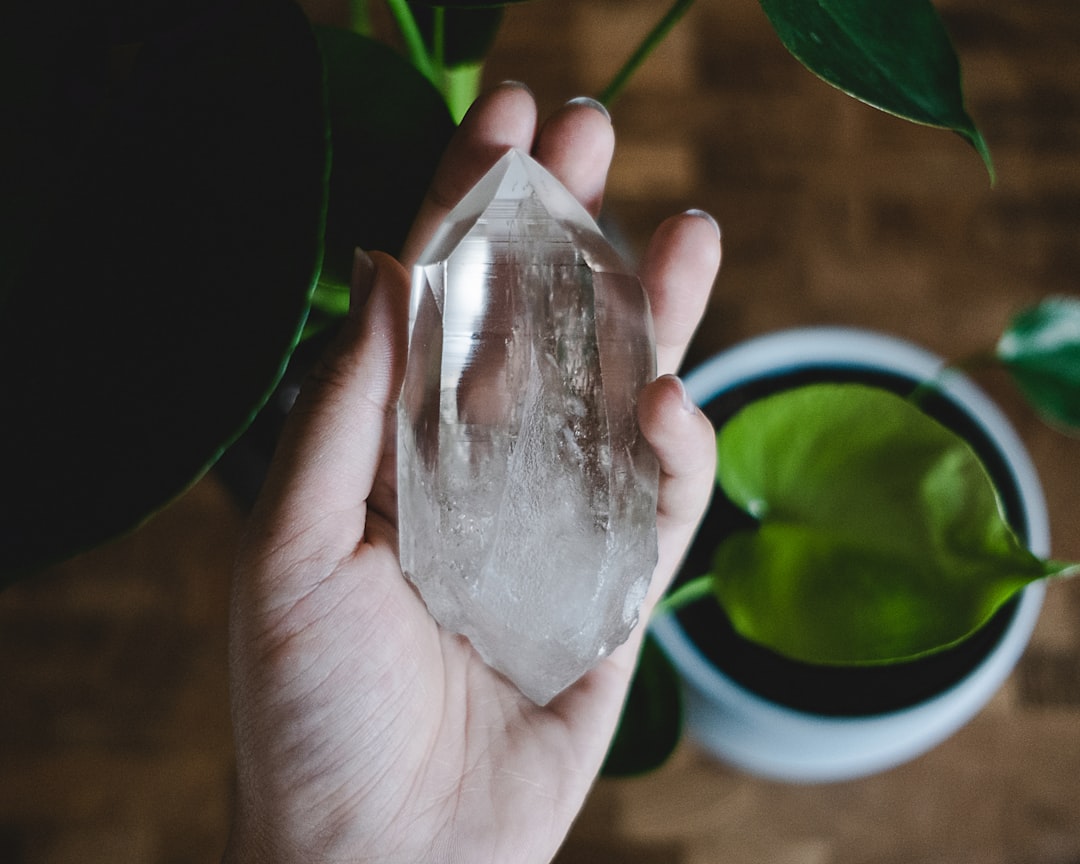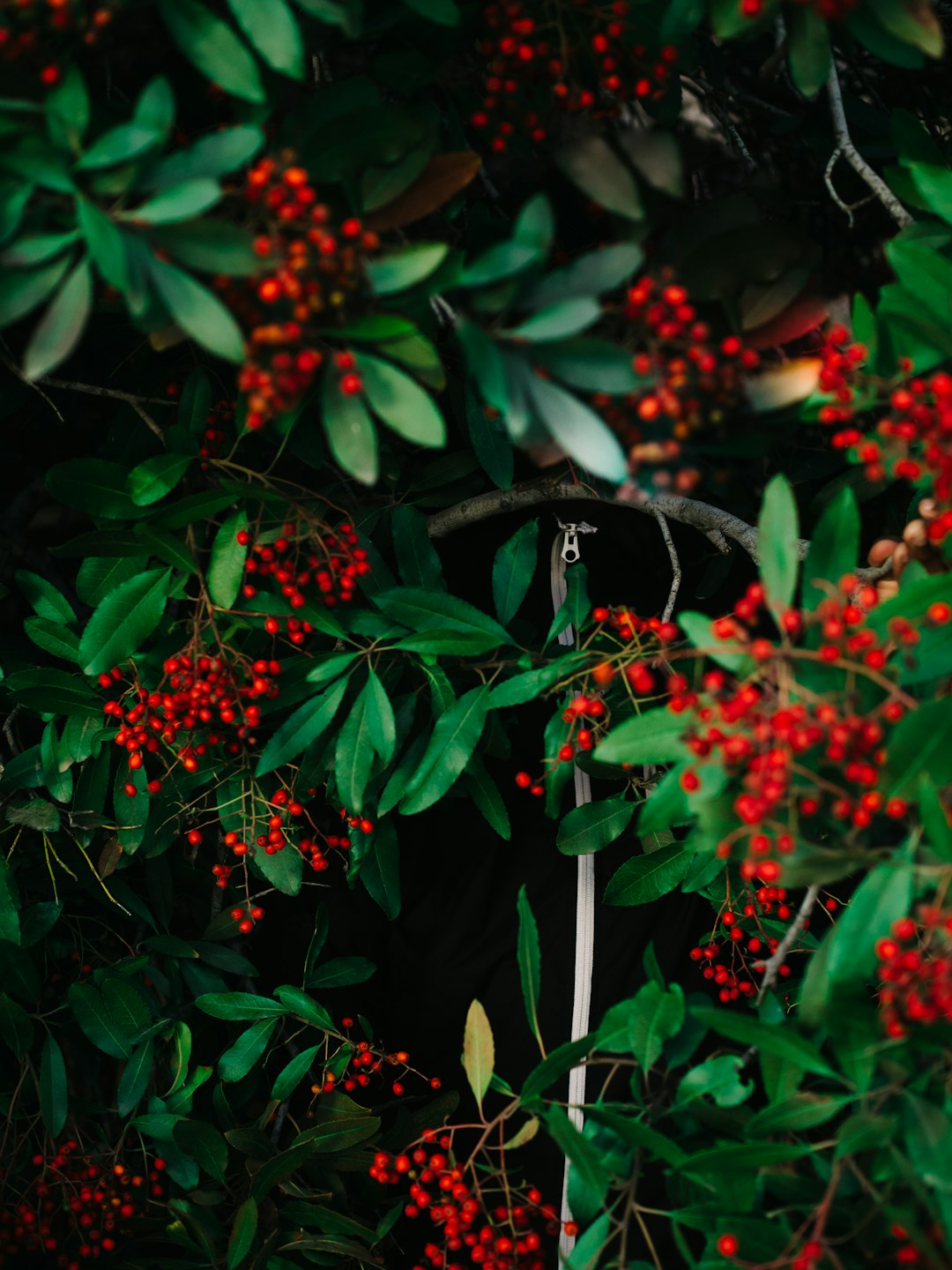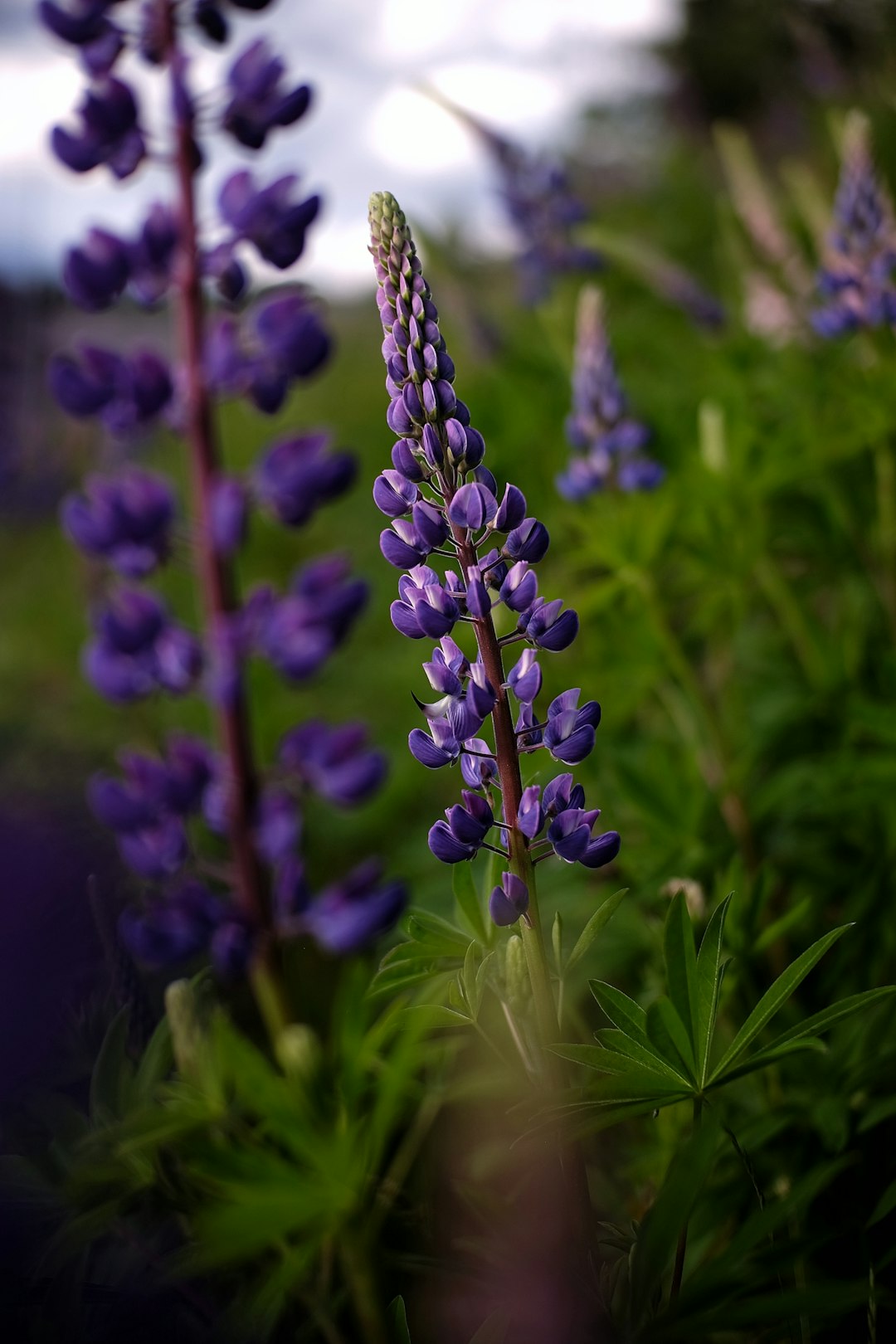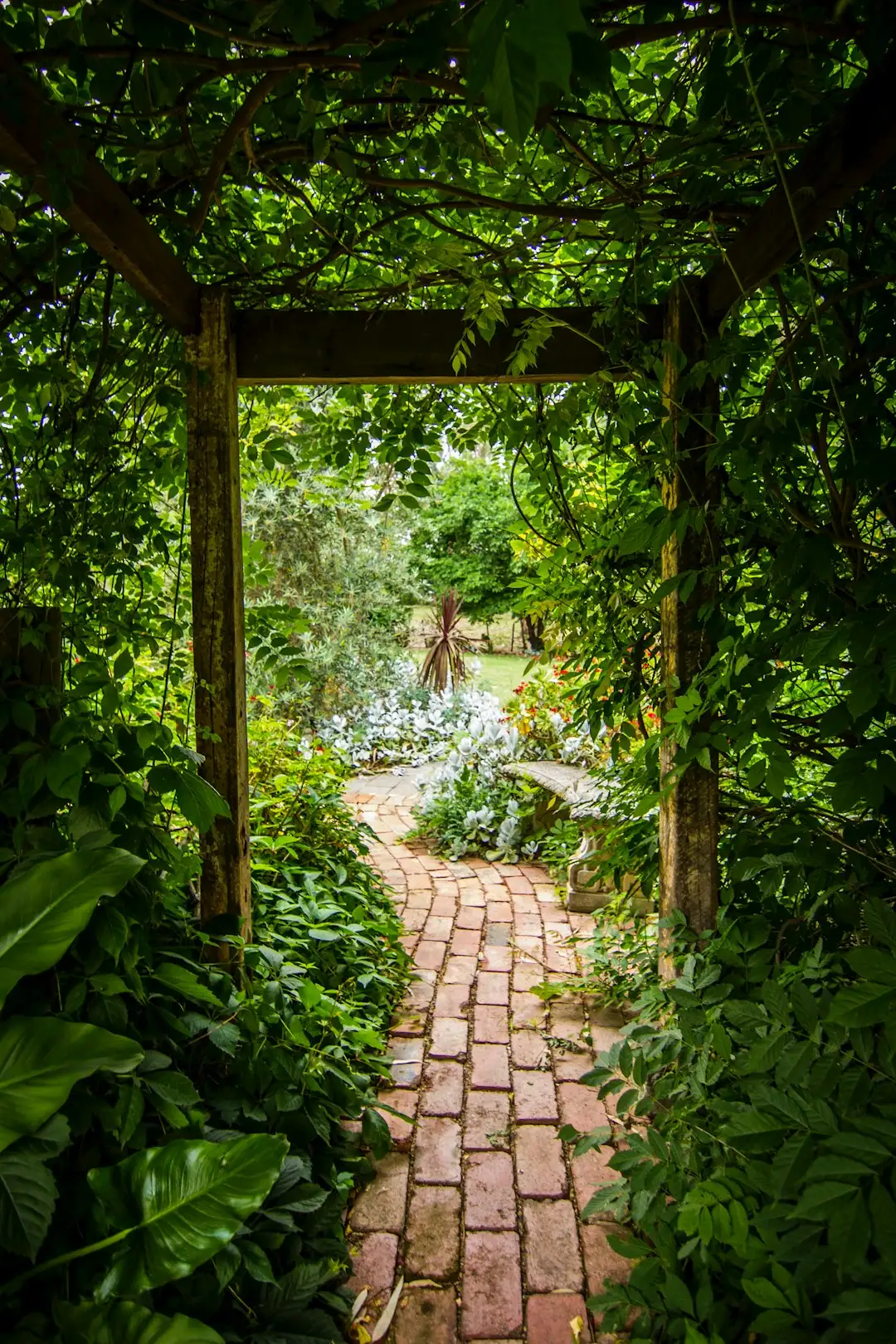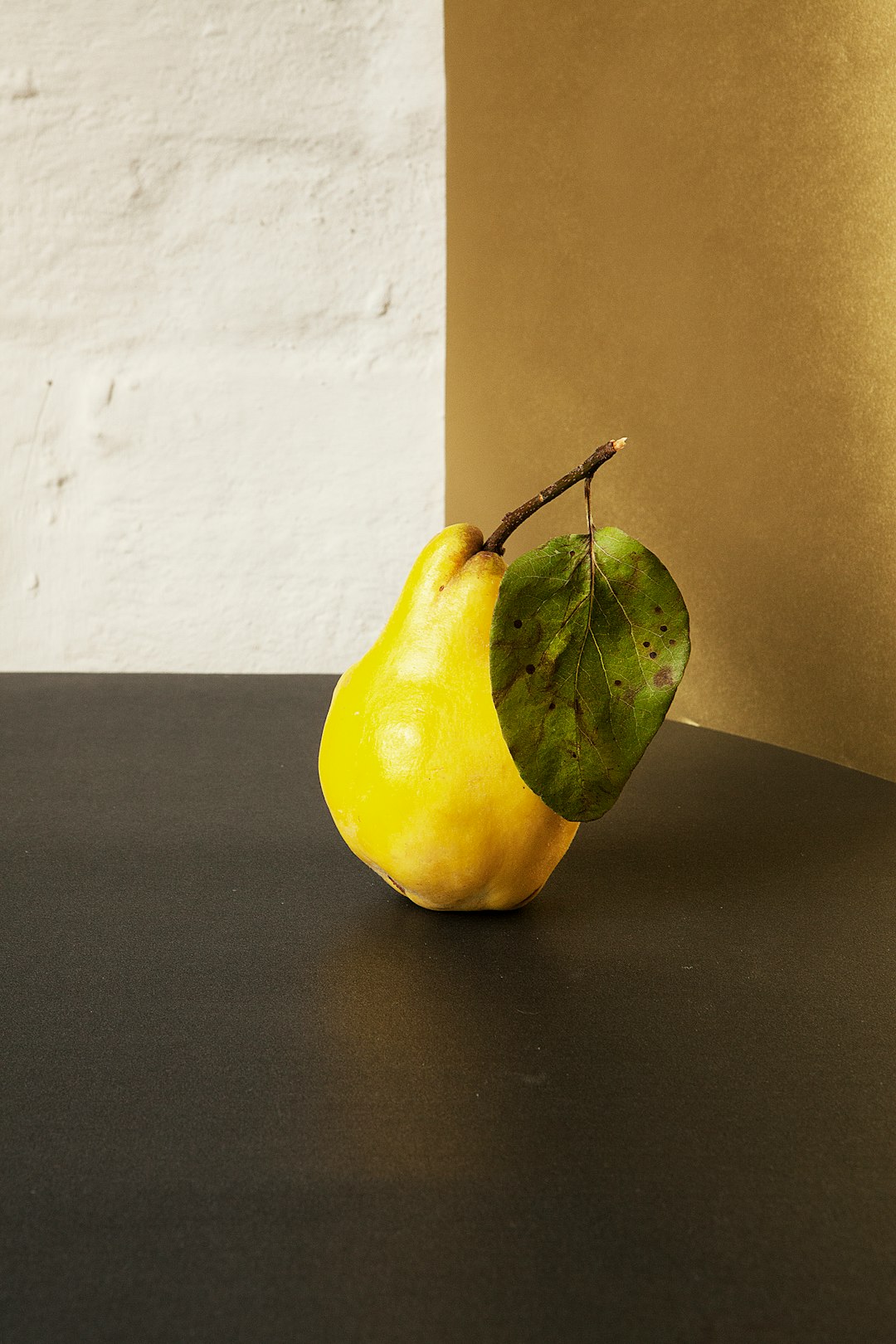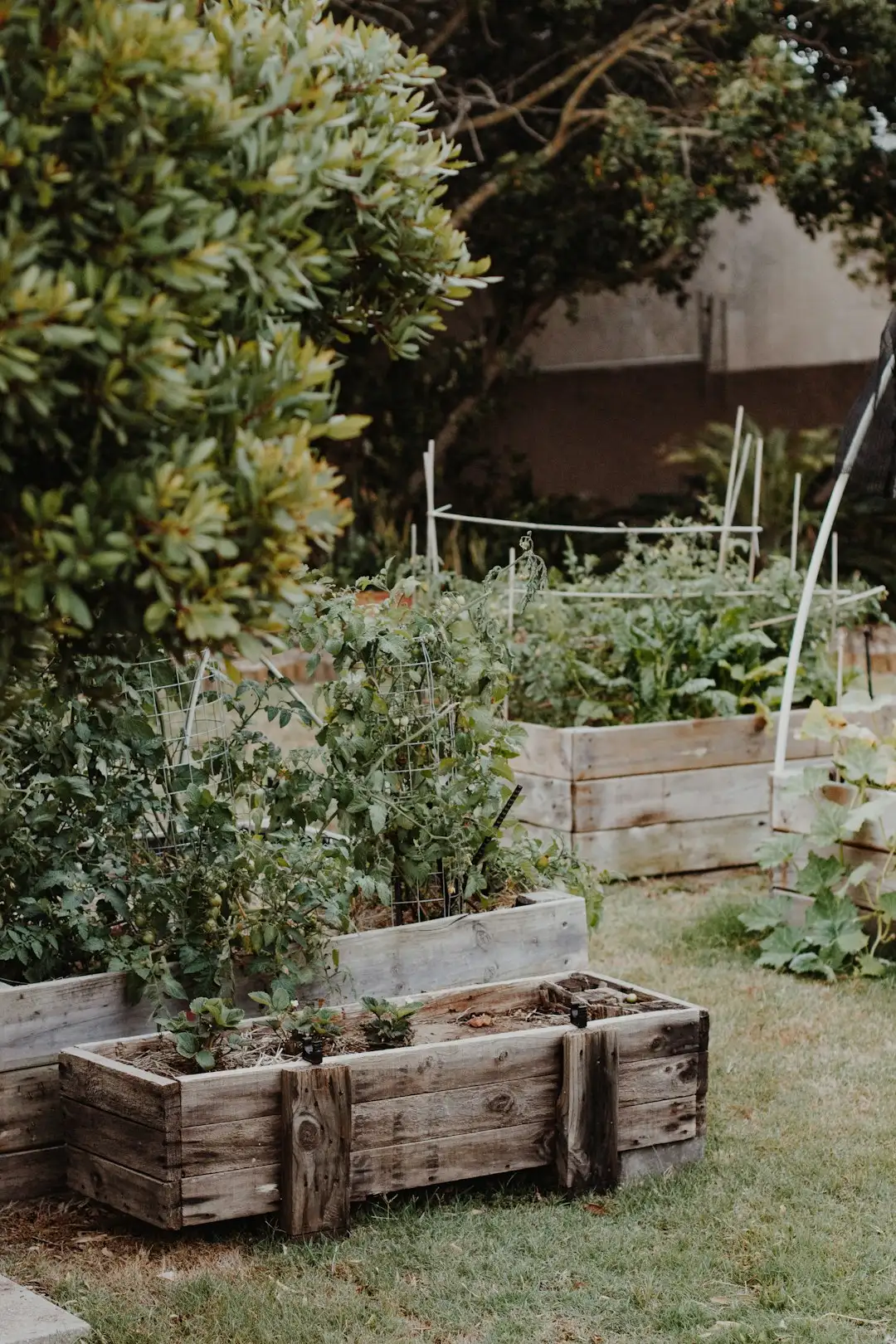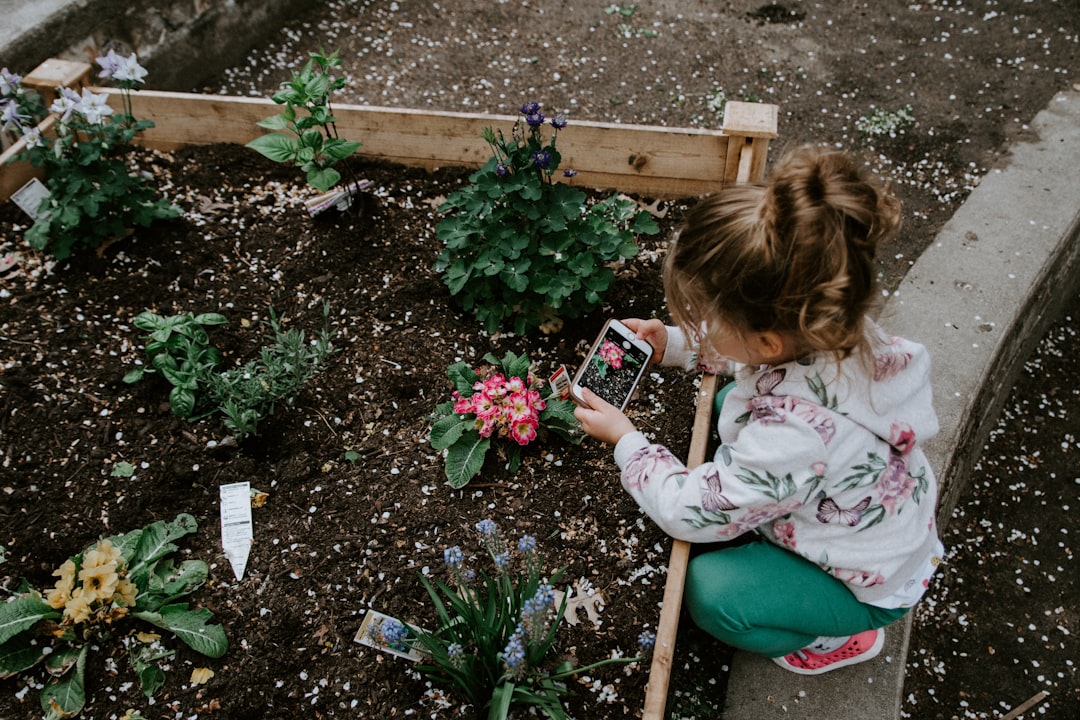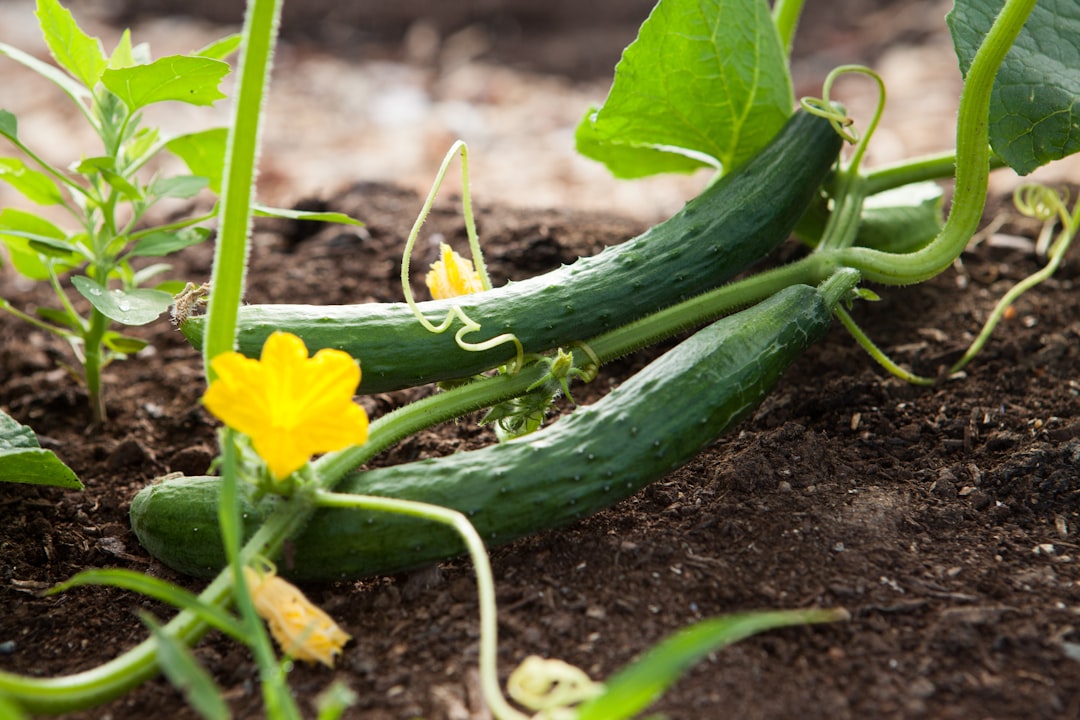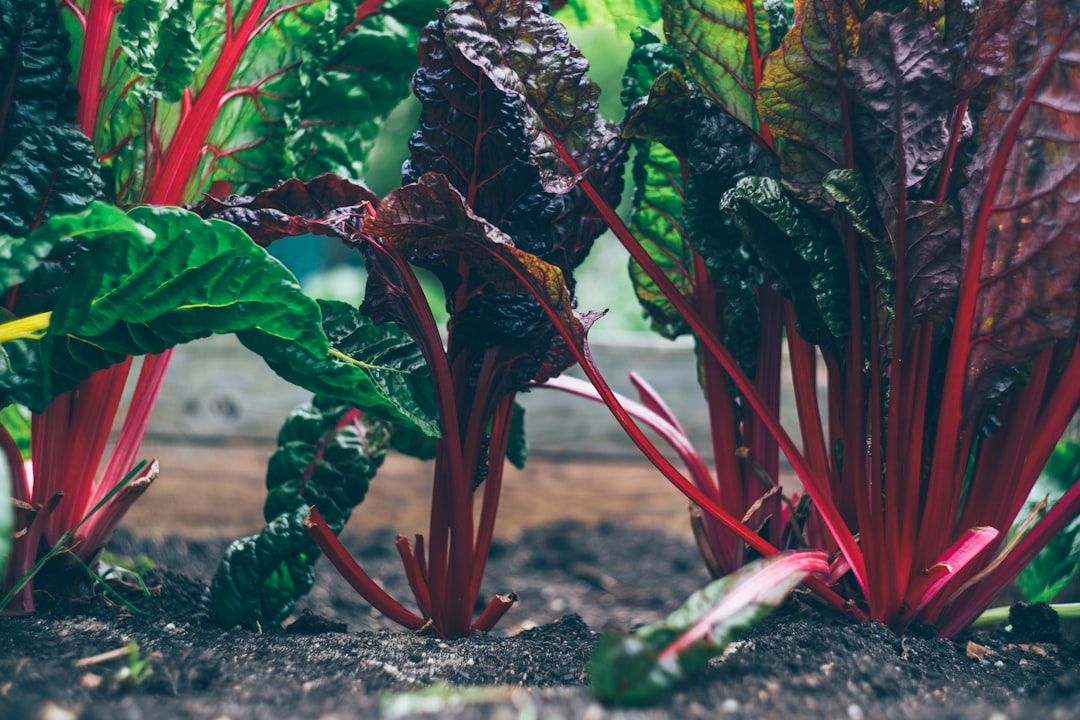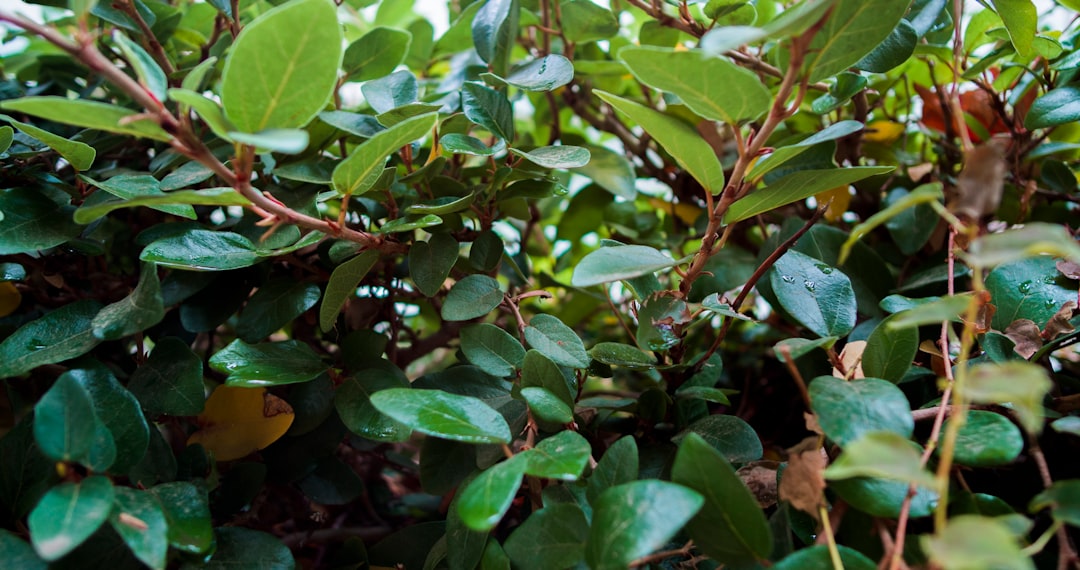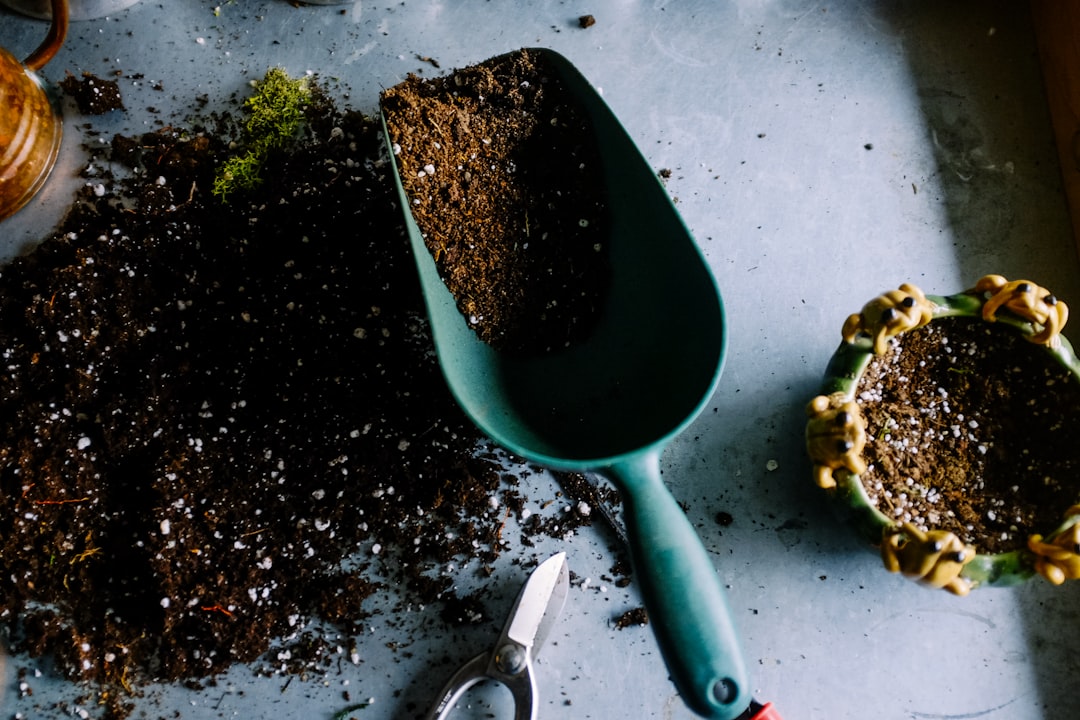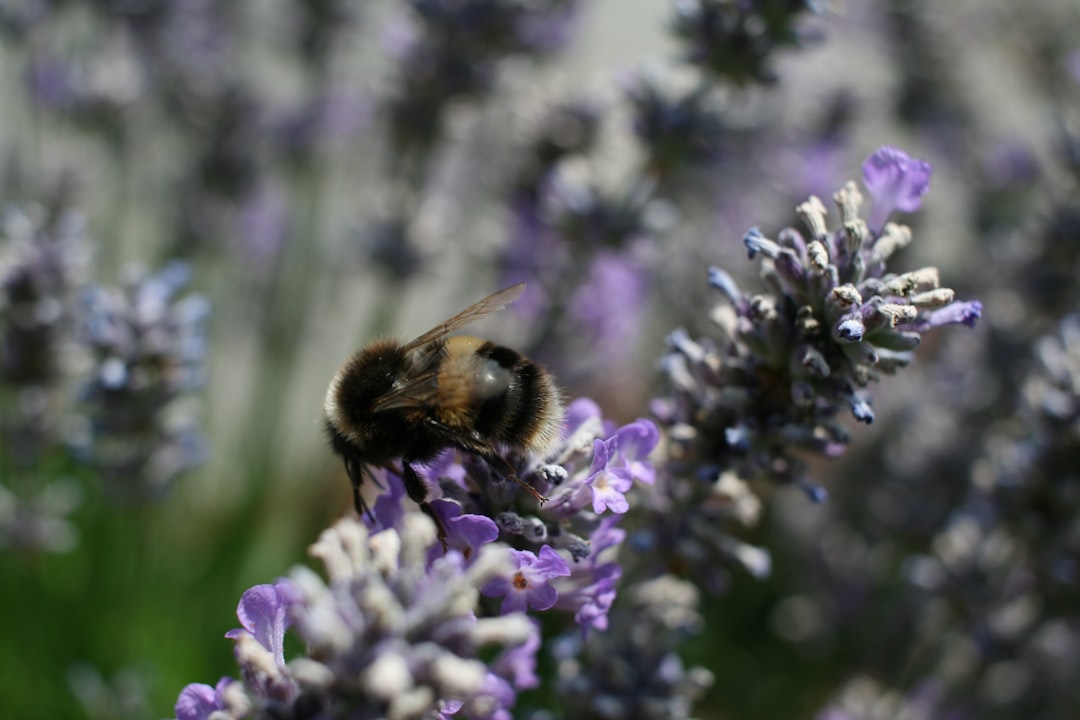
Blueberries are not only delicious but also incredibly versatile. They can be used in a variety of dishes, from pies and muffins to smoothies and salads. And the best part? You can grow them right in your own backyard! With these essential tips on how to care for this multitasking plant, you'll be enjoying fresh, home - grown blueberries in no time.
First and foremost, choosing the right variety of blueberries is crucial. There are three main types: highbush, lowbush, and rabbiteye. Highbush blueberries are the most common and are well - suited for most home gardens. They can grow up to 6 - 12 feet tall and produce large, sweet berries. Lowbush blueberries, on the other hand, are smaller, reaching only about 1 - 2 feet in height. They are more cold - hardy and are often used for ground cover. Rabbiteye blueberries are native to the southeastern United States and are known for their high yield and adaptability to warmer climates.
Once you've selected the appropriate variety, it's time to prepare the soil. Blueberries thrive in acidic soil with a pH between 4.0 and 5.5. You can test your soil's pH using a home testing kit, which is readily available at most garden centers. If your soil is too alkaline, you can lower the pH by adding elemental sulfur or peat moss. Mix these amendments into the soil to a depth of about 8 - 10 inches before planting.
When it comes to planting, choose a location that receives full sun for at least 6 - 8 hours a day. Blueberries also need well - drained soil. Dig a hole that is twice as wide and just as deep as the root ball of your blueberry plant. Place the plant in the hole, making sure the top of the root ball is level with the surrounding soil. Backfill the hole with the amended soil and gently firm it around the plant. Water thoroughly after planting.
Proper watering is essential for the health of your blueberry plants. They need about 1 - 2 inches of water per week, either from rainfall or irrigation. During hot, dry periods, you may need to water more frequently. However, be careful not to over - water, as blueberries are susceptible to root rot. A good way to check if your plants need water is to stick your finger about an inch into the soil. If it feels dry, it's time to water.
Fertilizing your blueberry plants is also important. Use a fertilizer specifically formulated for acid - loving plants. Apply the fertilizer in early spring, just as the new growth begins. Follow the instructions on the fertilizer package for the correct amount to use. Avoid over - fertilizing, as this can damage the plants.
Pruning is another key aspect of blueberry plant care. Pruning helps to maintain the shape of the plant, remove dead or diseased branches, and promote new growth. The best time to prune blueberries is in late winter or early spring, before the new growth starts. Use sharp, clean pruning shears to make clean cuts. Remove any branches that are crossing or rubbing against each other, as well as any branches that are weak or damaged.
Protecting your blueberry plants from pests and diseases is vital. Common pests that affect blueberries include aphids, mites, and fruit flies. You can use insecticidal soaps or neem oil to control these pests. Diseases such as powdery mildew and root rot can also be a problem. To prevent diseases, make sure your plants have good air circulation and avoid over - watering. If you notice any signs of disease, remove the affected parts of the plant immediately.
Harvesting blueberries is one of the most rewarding parts of growing them. Blueberries are typically ready to harvest in mid - to late summer, depending on the variety. The berries should be a deep blue color and easily come off the stem when gently tugged. Harvest the berries in the morning when they are cool and dry. Store them in the refrigerator for up to a week or freeze them for longer - term storage.
In conclusion, growing blueberries in your backyard can be a fun and rewarding experience. By following these essential tips on soil preparation, planting, watering, fertilizing, pruning, pest control, and harvesting, you can ensure a bountiful harvest of delicious, healthy blueberries year after year. So, roll up your sleeves, get your hands dirty, and start your own blueberry garden today!
New











